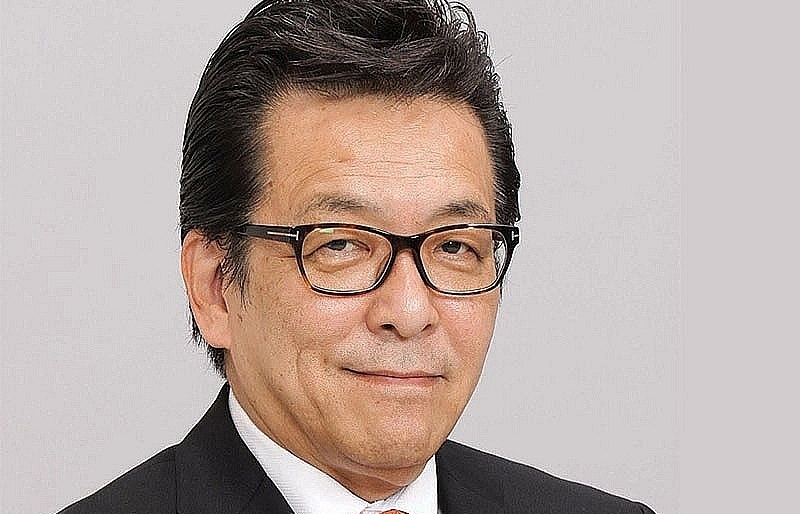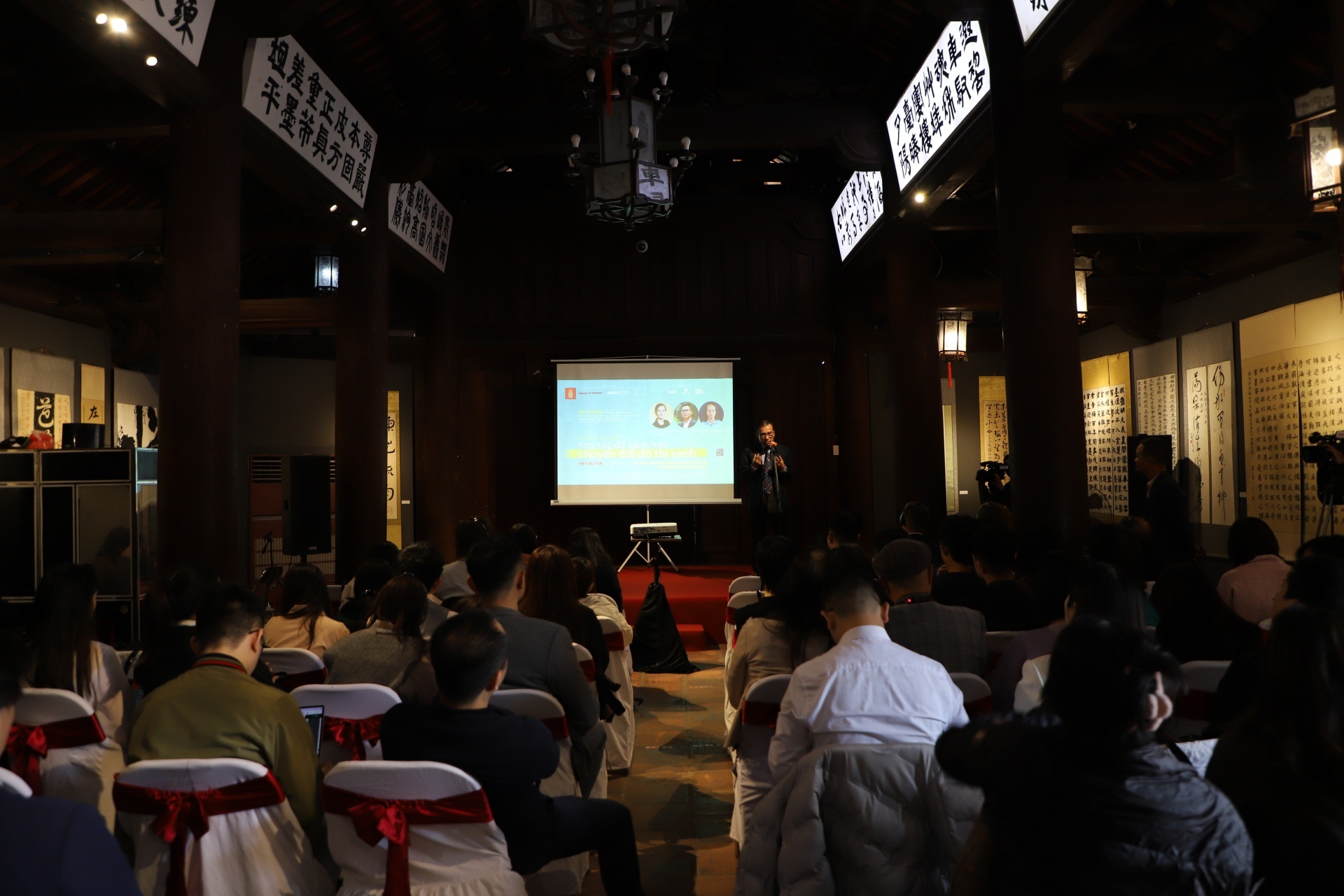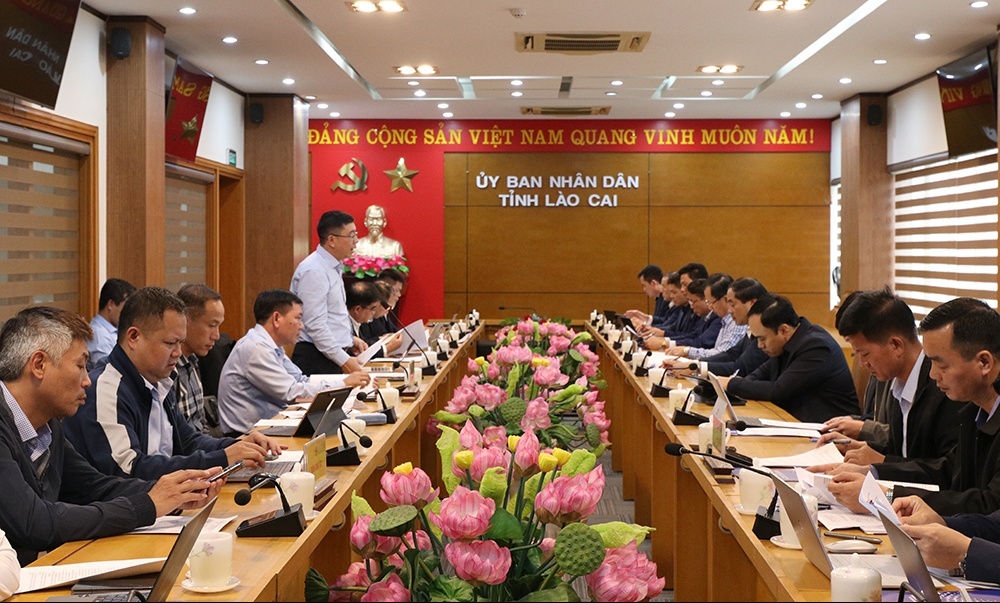Power prices spark tiff

Steel and cement sectors expressed concern over potential unfair hikes in electricity pricePhoto: Le Toan
Chairman of the Vietnam Steel Association’s (VSA) Pham Chi Cuong last week renewed his call for fair treatment to different sectors including the steel sector when it comes to electricity price.
Cuong also confirmed that many local steel makers were using high technology to follow the industry’s plan toward 2020 with vision to 2030 approved by Deputy Prime Minister Hoang Trung Hai.
Meanwhile, Nguyen Van Thien, chairman of the Vietnam Cement Association, noted that the total capacity of Vietnam’s cement sector reached 68 million tonnes, mostly using ASEAN comparable high technologies. “Only 2.35 per cent of cement firms run blast furnaces,” he said.
Under the third retail pricing draft compiled by the Ministry of Industry and Trade (MoIT), steel and cement producers using power voltages of 110kV or higher during peak hours would pay 10 per cent more for power compared to the average retail price. The highest price hike for voltages of less than 6kV during peak hours would be 20 per cent as per the draft.
This means power prices for the steel and cement producers would increase 2-16 per cent in comparison with other sectors at all voltage levels.
“It is not fair to apply separate higher electricity prices for the cement and steel sectors. Most of cement firms are facing hard times due to large inventories and a woeful real estate market. If the power prices rise, it could push them to the wall,” said Thien.
Deputy general director of Vinausteel Joint-Venture Company, Lai Quang Trung said that increasing power prices were aimed to encourage savings and new investment, however the electricity industry should ask them-selves how much the people and other industries would suffer as a result of the price increases. “It seems clear that the decline of the cement and steel industries would have a wider negative impact,” he said.
“Power prices are going to rise in this context where the government has given solutions to help domestic firms deal with high inventories and interest rates,” said Trung, adding that many more companies were in trouble and might soon face bankruptcy if the power price hikes went through.
According to Trung, seven steel making factories in Haphong, one of the country’s steel making hubs, have shut down.
Bui Quang Chuyen deputy head of the MoIT’s Heavy Industry Department said that the steel and cement sectors in total consumed 12 per cent of commercial electricity in 2010, 11.6 per cent in 2011 and 11.4 per cent in 2012.
Pham Chi Lan, economist and former deputy chairwoman of the Vietnam Chamber of Commerce and Industry (VCCI), said it was not necessary to apply a separate price framework for the two sectors.
“Instead, state-run Electricity of Vietnam (EVN) can propose to the government a specific amount of power that should be provided to the sectors and regulate which factories qualify for the power,” she suggested.
What the stars mean:
★ Poor ★ ★ Promising ★★★ Good ★★★★ Very good ★★★★★ Exceptional
Latest News
More News
- Home firms make M&A presence felt (November 27, 2024 | 09:33)
- Thailand's BCPG invests $130 million in Gia Lai wind power plants (November 26, 2024 | 15:08)
- The 16th Vietnam M&A Forum: A Blossoming Market (November 26, 2024 | 13:53)
- Posco interested in $2.2 billion Quynh Lap LNG thermal power plant (November 26, 2024 | 13:50)
- $1.4 billion Nhon Trach 3 and 4 to operate in 2025 (November 26, 2024 | 13:37)
- Hung Yen focused on attracting high-tech FDI (November 26, 2024 | 13:20)
- Foreign investors flock to invest in southern provinces and cities (November 26, 2024 | 10:00)
- Trump may mean challenges for Vietnam but FDI remains strong (November 26, 2024 | 08:30)
- HCM City set to welcome fresh wave of US investment (November 26, 2024 | 08:00)
- Dynamic M&A landscape felt in food and beverages (November 25, 2024 | 16:21)

















 Mobile Version
Mobile Version